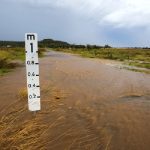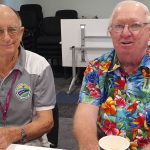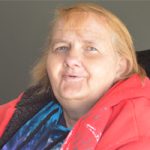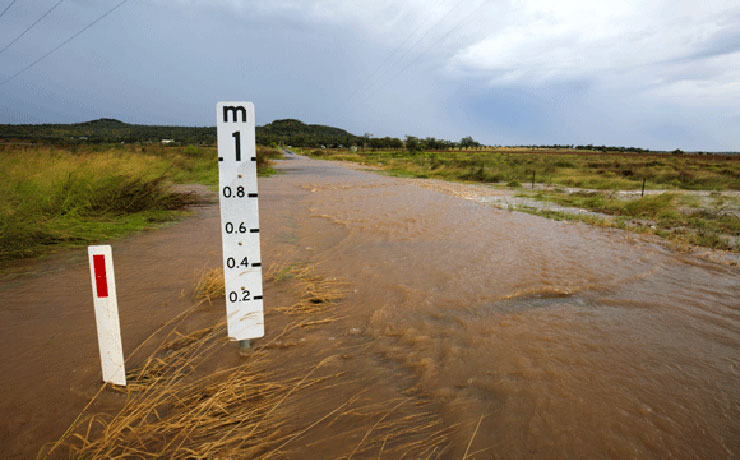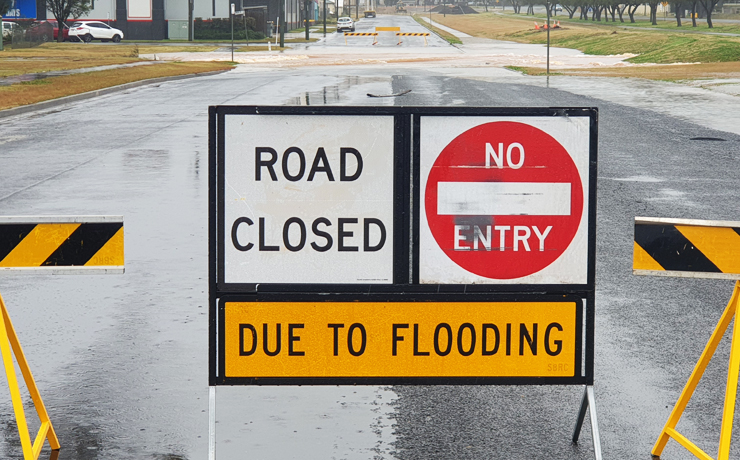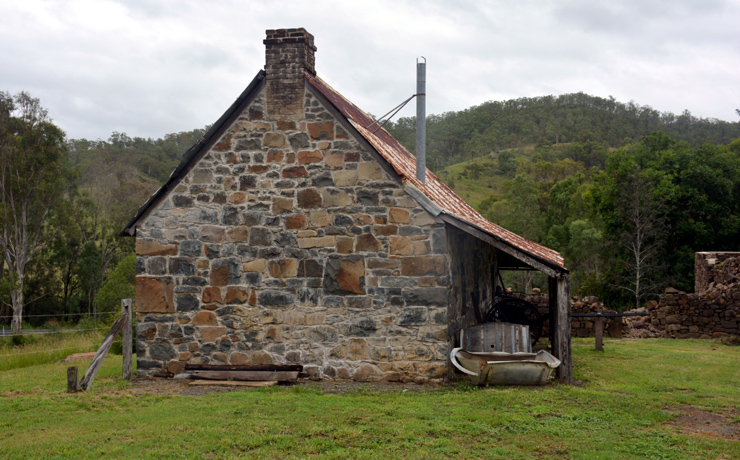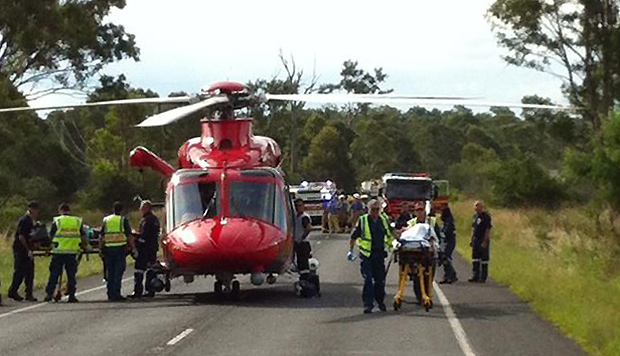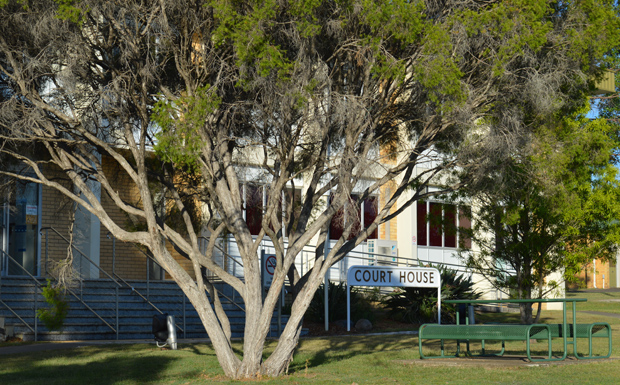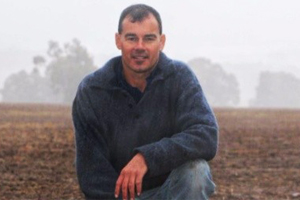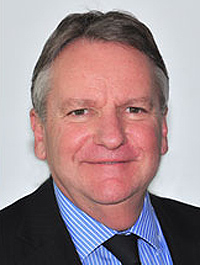
January 10, 2016
A database is being developed which could one day help farmers and rural industries turn waste products into dollars.
The database is being developed by the Rural Industries Research & Development Corporation (RIRDC) to map the locations of existing and potential biomass that could be purchased for bioenergy generation.
Biomass is any organic matter of plant or animal origin. It can include agricultural products, forestry products, and municipal and other waste.
Biomass can be used to generate electricity and heat or to produce liquid fuels for transport.
Traditionally mainly woody biomass has been used for bioenergy, however more recent technologies have expanded the potential resources to include oilseeds and algae.
The database aims to provide a clearer picture of where untapped sources of biomass are available.
RIRDC managing director Craig Burns said the $6.2 million project would help the Australian bioenergy sector become better integrated and ultimately more productive and efficient.
“This database will build better linkages between biomass producers, many of whom are farmers, and bioenergy generators; and that will make it easier to develop biomass generation and biofuel projects in Australia,” Mr Burns said.
“Once developed, the database should also help farmers and businesses get more value from organic material destined for landfill, disposal or other low value uses by more easily identifying potential buyers for that biomass.
“Once RIRDC has collected the data it will be used to map where biomass resources currently are or where they are predicted to be and then group this with other data on transport infrastructure, land use capability and demographics.
“There is huge growth potential in the bioenergy sector with bioenergy currently accounting for nearly 1 per cent of Australia’s electricity production, and 7 per cent of renewable electricity production. Biofuels account for approximately 1-3 per cent of Australia’s fuel consumption.”
As part of the project, the Queensland University of Technology and the University of the Sunshine Coast will form a partnership to develop interactive analytic tools to enhance the utility of the data.








